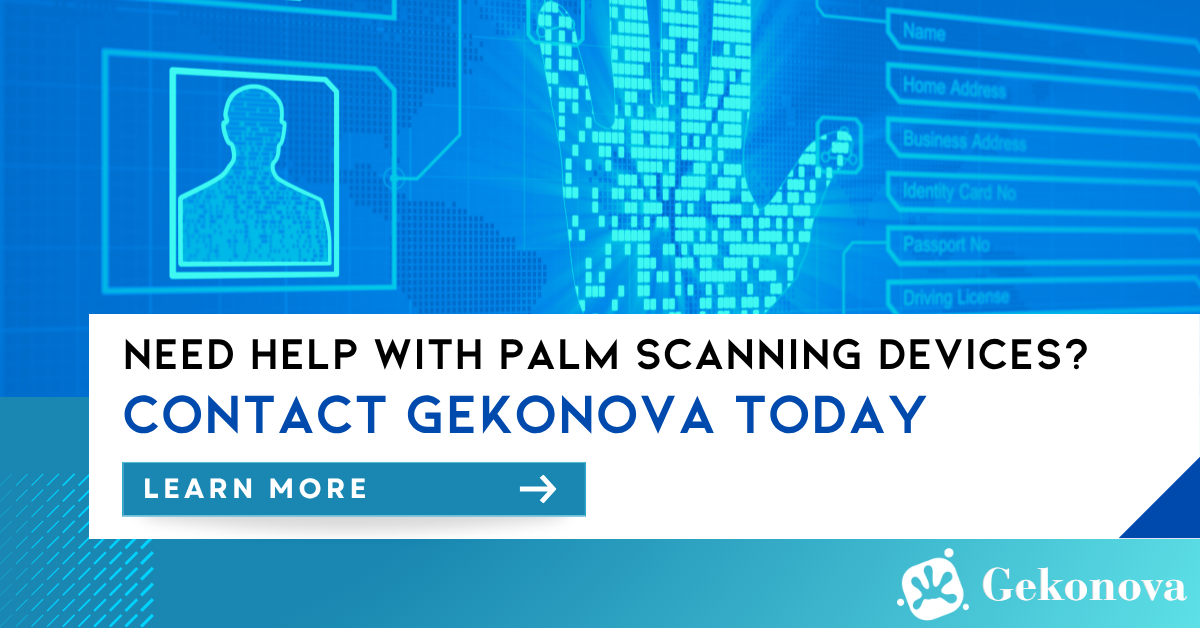Categories
Palm vein integration harnesses the power of near-infrared (NIR) light to map unique vein patterns beneath the skin, offering a secure, contactless biometric solution for authentication. This technology enables fast, reliable identity verification for applications ranging from secure access control to payment systems and medical record access.
This article provides a detailed roadmap for implementing palm vein integration, covering hardware selection, software optimization, data security, and user onboarding to ensure a successful rollout.

Palm vein integration involves embedding NIR-based biometric scanners into authentication systems to verify identities using the unique vein patterns in a user’s palm. This process enhances security and user experience across various applications, from corporate environments to public services, by leveraging the stability and uniqueness of vein patterns.
Palm vein scanners emit NIR light (700–900 nm) to capture deoxygenated hemoglobin in the veins, creating a high-contrast image of the vein structure. High-resolution InGaAs or CMOS cameras (~100 µm/pixel) paired with NIR LEDs generate detailed scans, which are processed using algorithms like Hessian-based feature extraction to identify vein branching and endpoints.
These features are converted into compact, encrypted templates (~1 KB) using AES-256 encryption and SHA-256 hashing, enabling rapid matching (~0.3 seconds) via convolutional neural networks (CNNs) or Minutiae Cylinder-Code. Liveness detection, based on blood flow or thermal signatures, prevents spoofing attempts, ensuring robust security.
Integrating palm vein offers distinct advantages that make it a compelling choice for modern authentication systems:

Effective palm vein integration requires careful planning to ensure security, scalability, and user trust. These best practices provide a framework for seamless deployment.
Choosing high-quality hardware is foundational to successful palm vein integration, balancing performance, compatibility, and cost.
Opt for scanners like those from Gekonova, featuring high-resolution InGaAs/CMOS cameras (~100 µm/pixel) for precise vein imaging.
Ensure scanners support USB, Ethernet, or wireless connectivity to integrate with existing infrastructure, such as access control systems.
Account for costs (~$500–$1000 per unit), exploring cost-efficient models as sensor prices continue to decline.
Integrating palm vein technology into software systems requires robust algorithms and seamless compatibility with existing platforms.
Use vendor-provided SDKs, such as Gekonova’s, which support standards like OAuth 2.0 or RESTful APIs for easy integration into platforms like HR or payment systems.
Implement efficient AI-enhanced algorithms like CNNs or Bloom filters to handle large-scale databases, ensuring fast and accurate matching.
Incorporate liveness detection via blood flow or thermal analysis to counter spoofing, bolstering authentication reliability.
Protecting biometric data is critical due to its sensitive nature and regulatory requirements, ensuring user trust in palm vein integration.
Use AES-256 for template storage and SHA-256 hashing to anonymize data, minimizing risks in case of breaches.
Employ edge computing or zero-knowledge proofs to process data on-device, reducing exposure during transmission.
Follow GDPR and CCPA regulations, implementing clear data retention policies and user consent mechanisms.
User acceptance is key to successful palm vein integration, requiring intuitive design and clear communication.
Highlight the benefits of contactless scanning and robust privacy measures to alleviate concerns about biometric data.
Offer instructions on hand positioning (e.g., 4–6 cm from the sensor, fingers spread) and solutions for issues like cold hands, which can increase False Rejection Rates (FRR < 0.01%).
Run pilot programs with diverse user groups to refine system performance and ensure accessibility before full deployment.
This roadmap outlines a structured approach to implementing palm vein integration, ensuring a smooth and effective rollout.
Palm vein integration can face challenges that impact performance and adoption. Here’s how to address them:
High hardware costs (~$500/unit) can strain budgets; consider cloud-based solutions or wait for declining sensor prices.
Poor lighting or cold temperatures can increase FRR; use adaptive algorithms and environmental controls to mitigate.
Privacy concerns may hinder adoption; provide clear, transparent communication about encryption and data policies.
Avoid delays by partnering with experienced vendors like Gekonova and using standardized APIs for seamless integration.
Palm vein integration is transforming industries with its secure and versatile authentication capabilities:
Palm vein scanning delivers a secure, contactless, and versatile solution for authentication, revolutionizing systems across industries. By selecting high-quality hardware, optimizing software, prioritizing data security, and ensuring user-friendly onboarding, organizations can achieve seamless deployment. Avoiding common pitfalls and staying ahead of trends like multi-modal biometrics and IoT integration positions palm vein technology as a cornerstone of secure authentication in 2025 and beyond.